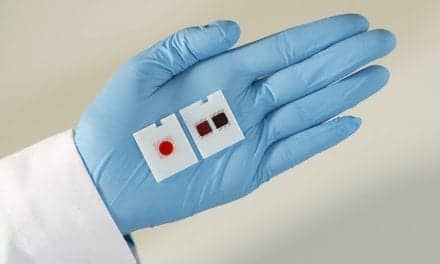By Andy Lundin
There exists a huge potential to improve precision medicine processes by implementing a large-scale digitization of pathology archives. However, certain obstacles—such as the wide range of varying slide preparation methods—have contributed to the slow adoption of slide digitization, and digital pathology, overall.
“The challenges of integrating digitization into precision medicine are largely the same as those facing digital pathology as a whole,” says Asa Rubin, MD, medical director at Pramana, and a board certified pathologist. “Issues such as cost, infrastructure, storage, and security must all be tackled in order to implement digitization into a precision medicine setting.
However, pathology labs that are slow to adopt slide digitization technologies may have to work with poor quality and inconsistent images. Automation technologies and artificial intelligence solutions are just a few major features of how slide digitization can improve precision medicine.
What Digitization Does for Labs
Indeed, the traditional role of pathologists in delivering accurate diagnoses or assessing biomarkers for companion diagnostics may be enhanced in precision, reproducibility, and scale by AI-powered analysis tools1.
Rubin, who is working to bring digital pathology into the modern pathology department, noted that the slide digitization for pathology can augment precision medicine in several ways.
“First, simply by digitizing large numbers of slides, cohorts can be created for research purposes and drug development using AI. These cohorts may help to uncover tumor mutations, analyze drug response, or even subclassify lesions into previously undiscovered categories,” says Rubin. “Digitization also allows for the use of AI algorithms at the time of diagnosis. The algorithms may look for standard findings, such as lymphovascular invasion or perineural invasion—the presence of which oftentimes guides therapy—or they may look for evidence of targetable molecular mutations like PD-L1.”
Rubin also noted that digitization can augment other modalities already used in precision medicine.
“For instance, AI plus automation could enhance tissue extraction for molecular sequencing by excluding all non-relevant tissue, which can contaminate the sample and even lead to incorrect findings,” Rubin added.
Further reading: Will CPT Codes Drive Digital Pathology Adoption?
Integrating Digital Solutions Throughout the Lab
“Every component in the digital pathology space is designed to be integrated into laboratories to expedite diagnoses, eliminate errors, and augment our understanding of disease,” says Rubin. “For example, while some laboratories may be utilizing digitization for research purposes to bring new treatments to the market, others may be using digitization to offer patients precision medicine therapies that are available today.”
With an increasing number of treatment options available for any given disease, practitioners face the growing challenge of selecting the most appropriate treatment for each patient1, which emphasizes the need for slide digitization, and overall adoption of digital pathology solutions.
“Digitization is a key step in making precision medicine available for more patients, in more ways,” Rubin says.” If the goal of precision medicine is to treat each patient uniquely and holistically, digitization brings us that much closer to that goal by enabling AI and automation to analyze, understand, and extract all the information contained within a single patient specimen.”
References:
- Baxi, V., Edwards, R., Montalto, M. et al. Digital pathology and artificial intelligence in translational medicine and clinical practice. Mod Pathol 35, 23–32 (2022). https://doi.org/10.1038/s41379-021-00919-2





